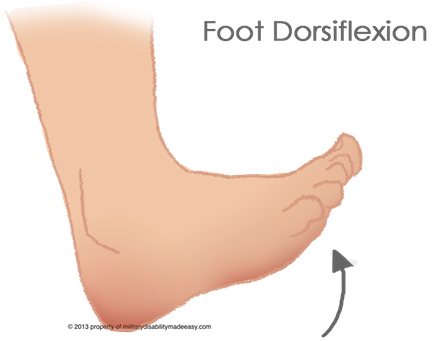Do your feet turn out excessively or cave in when you squat?
Do you dip forward on your toes rather than driving through the heels when you jerk?
Do your heels come off the ground when you do wall balls?
A deficit in ankle mobility is the likely culprit of these common movement faults. Because we sit all day, rather than squat, we rarely use our full ankle mobility. Lifestyle habits, combined with heeled shoes, mean that tight ankles are a very common problem. When we work on mobility we tend to focus on our hips and shoulders, and our ankles often get neglected.
In this post, I’m talking about ankle dorsiflexion mobility. Dorsiflexion is when you decrease the angle between the top of your foot and shin. Plantarflexion increases this angle, but typically isn’t such a problem for people. Where do we commonly see ankle dorsiflexion? When we squat. If your ankles are tight, it’s going to affect everything upstream too. Good dorsiflexion allows the tibia (shin) to track forward over the foot with the heels down, while maintaining an upright torso and lumbar curve. A number of things can happen when there is a mobility deficit here. The torso drops excessively and the heels raise. The pelvis tilts and lumbar curve is lost. The foot can pronate (cave in), dragging the tibia, knee, then hip with it. None of these things make for a solid squat, and they can all be traced back to the ankle.
Tight ankles are going to affect your Oly lifts too. If you are unable to drive through the heels, you’re going to lose power when you dip forward on your toes. If you are forced forward on your toes, you reduce your ability to engage your posterior chain. Your quads, rather than your hamstrings and glutes, end up doing all the work. This is not an efficient production of power, and will limit your lifts.
So how do we fix this? Self-myofascial release (a foam roller or lacrosse ball) and stretching of the calf, coupled with ankle mobility drills. I’ve compiled a list of videos with different mobility strategies below. Try them out and see what works for you, and dedicate 10 minutes a few times a week to look after your ankles.
Barbell calf and Achilles mash and a dynamic stretch to loosen up those ankles. A foam roller or lacrosse ball work well to roll out too, but I find a barbell most effective.
[youtube http://www.youtube.com/watch?v=xutQvqXinnc&w=420&h=315]
Incorporate this dynamic stretch by Tony Gentilcore into your warm-up. Ensure the knee is tracking over the toe, not collapsing in.
[youtube http://www.youtube.com/watch?v=qaaU4EZpmE8&w=420&h=315]
For a more intense ankle stretching session, try this banded squat ankle stretch to really drive into dorsiflexion under load.
[youtube http://www.youtube.com/watch?v=HL5rSiBVOHY&w=560&h=315]
Kelly Starrett explains the Mulligan technique for improving dorsiflexion, plus another self-myofascial release technique.
[youtube http://www.youtube.com/watch?v=lOSvwy5jN-M&w=560&h=315]
And here he gives a few tips on achieving the ‘heel cords of a cheetah’, with a nice calf stretch at the end. Make sure you are keeping your hips facing straight ahead when you attempt this stretch and ‘contract relax’ by bending and straightening the leg.
[youtube http://www.youtube.com/watch?v=XEXFcPClb9Q&w=420&h=315]













































[…] a deep squat requires good hip, ankle and thoracic mobility, and although you may have to specifically target these areas, by just […]
[…] For more help with tight ankles, check out my post on Ankle Mobility. […]